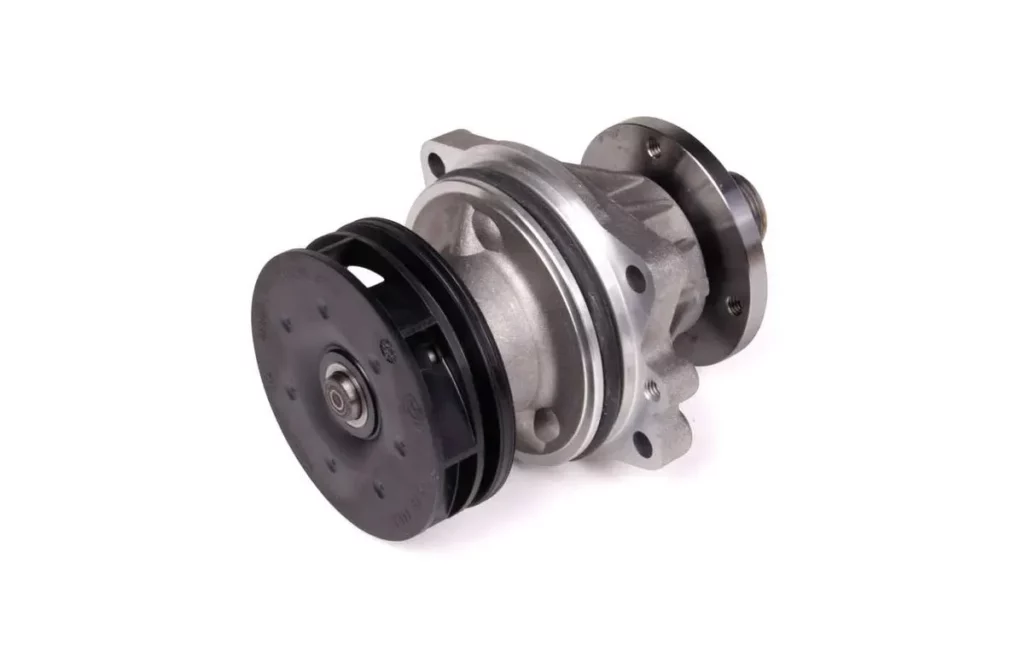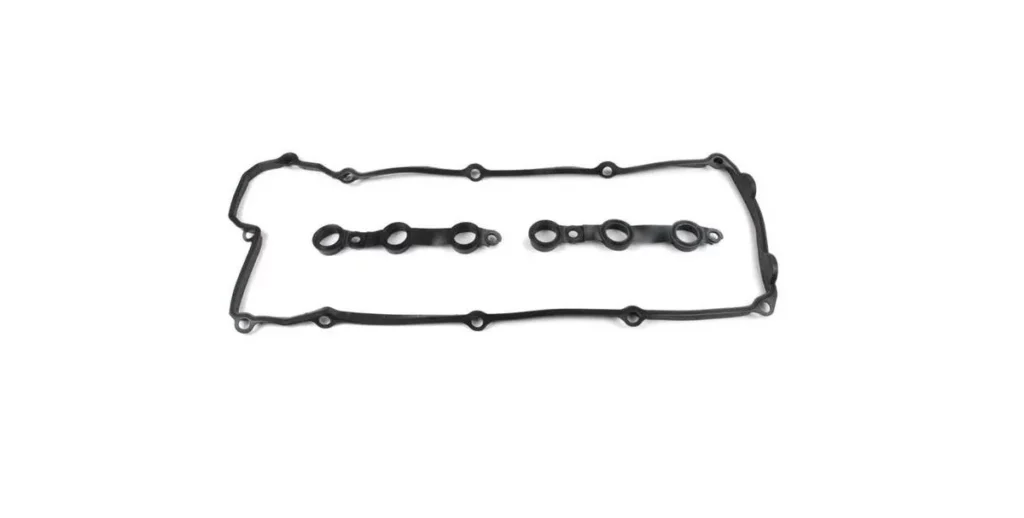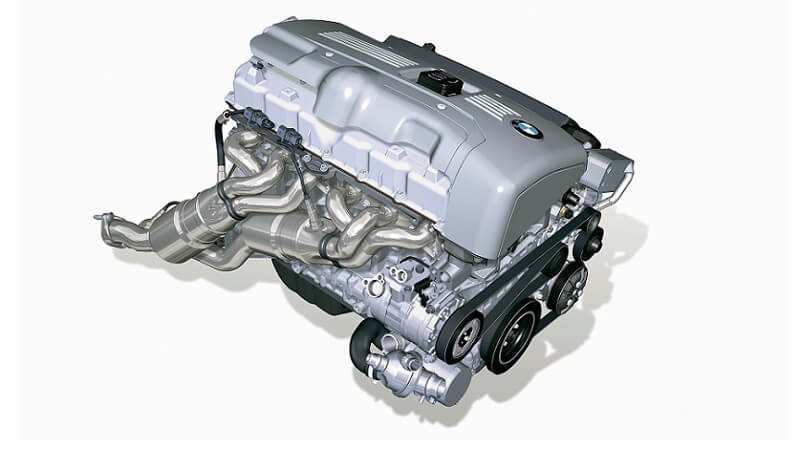The BMW M3 needs no introduction. Shortly after its debut as the E30 M3 in 1986, the sports coupe became a firm favorite amongst enthusiasts and common folk alike. Naturally, the German marquee wanted a worthy successor to take the place of the E30 M3. Cue the arrival of the E36 M3.
Looking back, the E36 M3 is a sometimes forgotten piece in the M3 timeline, but that’s only because it was bookended by greatness. On its own, the E36 M3 was an excellent machine with a remarkable naturally-aspirated inline-six at its core. This engine was dubbed the BMW S50.
Unfortunately, the S50 never officially made its way onto North American shores. While BMW sold the E36 M3 in the U.S. and Canadian markets, the German manufacturer equipped it with the less powerful S52 engine.
So, why were we denied the whole package that BMW intended to offer with the second-gen M3? What are the key differences between the Euro-spec and US-spec engines? And what mechanical issues should you expect if you’re going to own one? We answer all these questions in this post.

What’s the Difference between S50 and S52?
The 3,152 cc BMW S52 engine is a high-performance version of the BMW M52 engine and shares most of its construction with that unit. Like the M52, it featured a cast iron engine block and cylinder head but with a reworked bore and stroke. Simply put, the S52 engine is a re-bored and re-stroked M52 with more aggressive cam profiles.
The Euro-spec S50, on the other hand, displaced 3,201 cc and was based on the BMW M50 engine. It was built using an iron block and aluminum cylinder heads. The S50 features the company’s double-VANOS system (variable valve timing on the intake and exhaust camshafts). At the same time, the S52 engine benefits from only a single VANOS (variable valve timing on just the intake cam).
The S50 also featured a higher redline (7,600 rpm vs. 7,000 rpm), a higher compression ratio (11.3:1 vs. 10.5:1), and individual throttle bodies.
There’s no denying the fact that the S50 was the more technologically advanced and powerful engine to grace the E36 M3. The differences in capabilities are quite apparent even on paper. While the North America-specific S52 engine produced 240 hp at 6,000 rpm and 236 lb-ft of torque at 3,800 rpm, the S50 was capable of a meaty 321 hp at 7,400 rpm and 258 lb-ft of torque at 3,250 rpm in its final iteration.
S50B30US — The S50 That Was Sold in the U.S.
To say the ‘S50’ never made its way to the North American market is not entirely true. There was an S50B30US engine that powered the 1994 E36 M3, but this engine shared little with its European counterpart. The S50 was based on the M50 and even featured the same compression ratio. Changes came in the form of updated internals, like the crankshaft, camshafts connecting rods, and pistons.
This engine soon gave way to the S52 that powered the M3 in the years that followed. The truth is the Euro-spec BMW S50 engine did not comply with U.S. regulation norms when it was introduced, so the manufacturer was forced to develop an alternate engine for the E36 M3.
How Much Horsepower Can an S52 Handle?
Despite its shortcomings in the performance department, the S52 has one thing going for it — it’s a solidly built engine that can handle much more power and torque. With the proper performance updates, the S52 engine block can handle upwards of 600 hp without too much stress.
If you try to demand even more power, you’ll probably run into trouble with the connecting rods. However, swapping the stock ones out for high-performance aftermarket options should solve that issue.
Is the S52 Reliable?
The BMW S52 engine shares much of its construction with the M52 engine, one of the more reliable engines that BMW has produced. The cast iron engine block is virtually indestructible and has been known to withstand even the most demanding driving conditions. With basic maintenance and regular oil changes, the S52 will efficiently run thousands of miles without causing any serious trouble.
BMW S52 Engine — Pre-Purchase Inspection and Common Problems
The BMW S52 is a high-performance engine and, considering its application, probably has fewer miles than the average M52 engine. However, it’s worth keeping in mind that these engines have likely been run harder than their standard counterparts. And considering how long an M52-powered M3 has been around, it’s safe to assume that a previous owner has taken it to the track at some point.
If you’re in the market for a pre-owned E36 M3, there are a few bits and pieces you need to check before you take ownership of one of these cars. Some of them can cost a lot of time and money to fix, so it’s best to know what to look out for and what to avoid.
Water Pump Failure

Water pump failure is something we’ve discussed extensively here on Bimmers.com. The S52 engine, and several other BMW engines from the modern era, come with a water pump that uses a plastic impeller. Plastic is lighter than metal and thus requires less energy to operate, making the system more efficient. On the flip side, it isn’t as robust or durable.
While the water pump itself should easily last over 100,000 miles, the plastic impeller will likely fail much earlier. A failed impeller results in a nonfunctional water pump which can cause your engine to overheat and might cause damage to the internals of the engine.
When it’s time to replace the stock impeller, consider using a metal one in its place. While it won’t bring a noticeable change in performance, it will improve the longevity of the component.
Cooling System Problems
The BMW S52 engine has a somewhat problematic cooling system. Several owners have had to deal with radiator-related issues that rendered their cars unusable for long stints.
The radiator housing and coolant expansion tank are made of plastic and have not fared well against the test of time. As a result, they crack, causing a coolant leak and other issues.
Before you buy an S52 engine, ask the current owner to let you perform a cold start. Check to see that the engine fires up normally and that the temperature settles to an acceptable level soon. If it takes too long or if the temperature seems higher than usual, you might be dealing with a cooling system issue.
VANOS Failure
VANOS is BMW’s version of variable valve timing. While the Euro-spec S50 engine featured the tech on both the intake and exhaust cams, the S52 got it only on the intake side. The VANOS system on the S52 relies on oil pressure to adjust the cam phase by actuating the intake valves. While it is an impressive system that improves performance and fuel efficiency, it has sometimes proved to be somewhat problematic.
The two most common causes of VANOS-related failure are the VANOS solenoids and the seals. The VANOS seals include a Teflon seal ring and a supporting O-ring that tend to degrade in time. If the engine has run over 100,000 miles without the previous owner replacing these parts, it may be on you to do it.
On the other hand are the VANOS solenoids. The solenoids that actuate the opening and closing of the intake valves have been known to fail sooner than expected. None of the parts mentioned above are expensive, but they will require you to dismantle the engine, and the labor costs involved can cost you a pretty penny.
If you notice a drop in performance, rough idling, or a notable drop in fuel efficiency, there might be something wrong with the VANOS on your S52 engine. The only way to know for sure is to plug an OBD-II reader into your car and scan for VANOS-related Diagnostic Trouble Codes (DTC).
Valve Cover and Gasket Oil Leaks

Over the recent past, nearly every engine that has left the R&D department of the Bavarian giant has had issues with the plastic valve cover and its rubber gasket. While these parts will inevitably deteriorate with time, they tend to fail prematurely on many Bimmer engines, including the S52. These parts are subject to multiple heat cycles that include incredibly high temperatures. Eventually, the valve cover and gasket harden and crack, causing an oil leak.
Fortunately, an oil leak around the valve cover is pretty simple to spot. The most prominent spots include the engine cover and the spark plug holes. You should also check for an oil leak if you notice oil on the ground under the engine bay, the smell of burning oil inside the cabin, or a thick white smoke from the car’s hood.
Taking Care of a BMW S52 Engine
Many Bimmer enthusiasts are still disappointed that the German marquee never made the true potential of the E36 M3 available in our markets. However, their opinions will probably change if they experience the S52 engine. Sure, it’s not as well-equipped or powerful, but it’s still fun to drive. The S52 is also simple to work on and, with some straightforward performance updates, can put most Euro-spec M3s to shame.
Finding an S52 engine that’s in pristine condition can be near-impossible. These engines have been around for years, and any example you get will require some mechanical intervention. At Bimmers.com, we’ve put together one of the most comprehensive catalogs of BMW parts you’ll find anywhere online. From well-known OEM brands to reputed aftermarket names, we’ve got everything you’ll need to get your engine back to its glory days.





